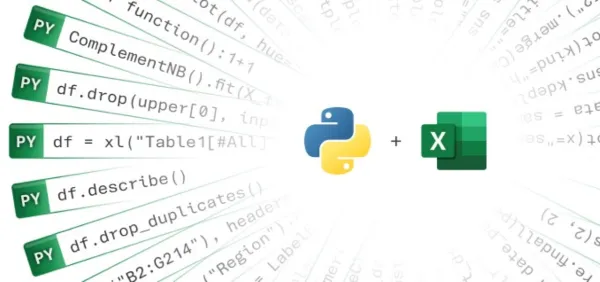When you come across a term like “Modified Accrual Accounting” it may strikes you as a rocket science thing or complex concept often seem like it belongs to an exclusive club, one that only financial experts are invited to join. But what if I told you that it’s not?
In this article, I’ll try to simplify the term and make it more digestible for you.
What is Modified Accrual Accounting?
It is a specialized accounting method commonly used by governmental organizations and nonprofit entities. Unlike the more familiar cash accounting used by small businesses, modified accrual accounting focuses on tracking financial transactions in a way that aligns with the specific needs and constraints of these unique organizations.
Cash vs. Modified Accrual Accounting
To understand modified accrual accounting, let’s first compare it to cash accounting.
In cash accounting, transactions are recorded only when cash is received or paid out. It’s simple and straightforward, but it doesn’t provide a complete picture of an organization’s financial health.
Modified accrual accounting, on the other hand, recognizes revenues when they become “measurable and available” and records expenditures when they are incurred, but with some exceptions. This means that even if cash hasn’t physically exchanged hands, certain transactions are still recognized, providing a more accurate view of an entity’s financial status.
Example Time
Imagine a nonprofit organization dedicated to providing educational resources for underprivileged children. This nonprofit relies on grants from various donors to fund its programs.
Let’s say the nonprofit organization was awarded a $100,000 grant on December 1st, but the donor disburses the funds on January 15th of the following year.
Now, let’s apply different accounting methods to the situation:
Scenario 1: Cash Accounting
In a cash accounting system, the nonprofit recognizes revenue only when it receives grant funds in January, despite incurring expenses in December for grant-related activities. As a result, this can create a deficit for the organization by year-end.
Scenario 2: Modified Accrual Accounting
Under Modified Accrual Accounting, the nonprofit would record a portion of the $100,000 grant as revenue in the fiscal year when they were legally notified of the grant award i.e. December, even though the cash isn’t received until January 15th of the following year.
This allows the nonprofit to accurately reflect its financial position for the year in which the grant was awarded, helping with budget planning and decision-making.
Exceptions and Limitations
Modified accrual accounting isn’t a one-size-fits-all solution. Certain expenditures, such as long-term debt payments, are recorded when cash is actually disbursed. Additionally, it may exclude some non-cash transactions to simplify reporting.
Why Does It Matter?
Understanding modified accrual accounting is crucial for anyone dealing with government or nonprofit organizations, as it provides a clear view of their financial health and compliance with budgetary constraints. It ensures that these entities can effectively manage their resources and plan for the future.







